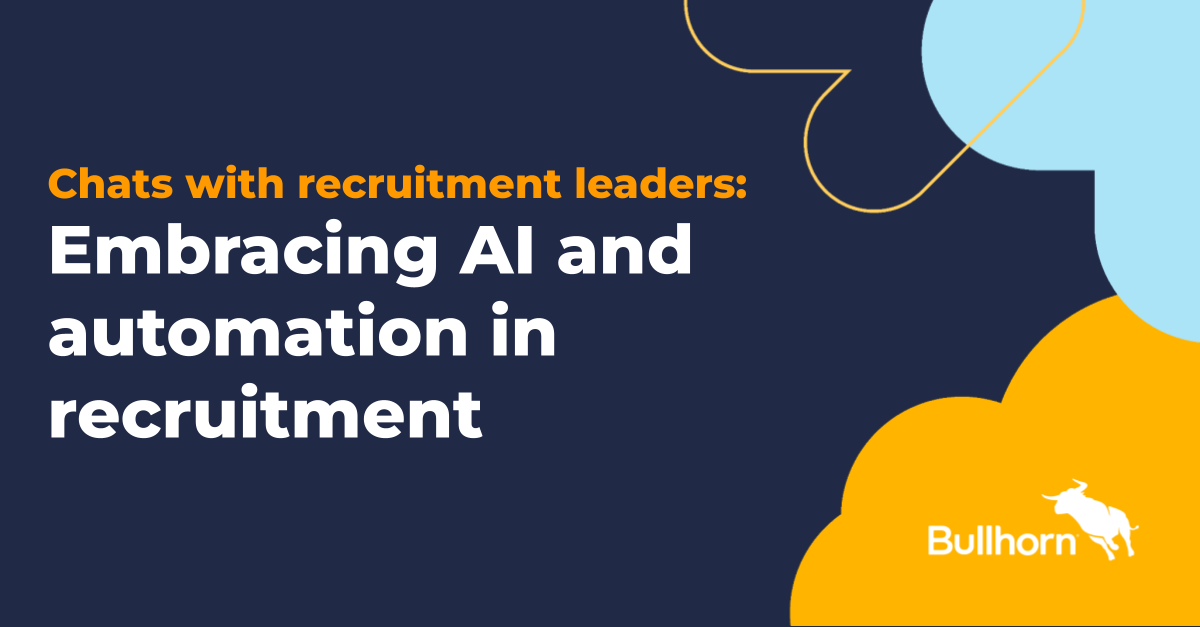Workplace loneliness remains a significant challenge for many organizations. According to Gallup’s State of the Global Workplace 2024 report, one in five employees worldwide frequently felt lonely the previous day.
Estelle Izuno, vice president of people at Actalent—a global provider of engineering and science talent solutions serving nearly 30,000 consultants and over 4,500 clients—has identified troubling patterns in employee wellbeing.
“There was always a level of loneliness in the workplace,” she says. “Many factors contribute to the experience of loneliness.” However, Izuno notes that workplace loneliness likely intensified during the pandemic when digital communications replaced face-to-face interactions, and the quality of workplace communication has continued to deteriorate for many workers since then.
A clear correlation exists between employee disengagement and feelings of loneliness. Gallup research indicates that engaged employees are 64% less likely to report feeling lonely compared to their disengaged counterparts. According to Gallup, this stems from engaged workers finding meaning in their work and feeling connected to both their teams and organizations. Unfortunately, many employees say they aren’t engaged—ADP data from 2024 shows that only 20% of workers consider themselves fully engaged on the job.
The health impact of workplace loneliness
The consequences of loneliness extend far beyond job satisfaction. Harvard Professor and Gallup Senior Scientist Lisa Berkman found striking results in her nine-year study on social ties and mortality rates. The research revealed that people lacking community and social connections faced twice the mortality risk compared to those with robust social networks—independent of physical health, socioeconomic status or health practices.
Izuno identifies a number of conditions that can exacerbate loneliness: remote teams that lack interactions, pressure-cooker cultures, workplaces with firm silos and organizations where employees don’t feel included.
The impact of loneliness in the workplace can be severe. “Loneliness at work can result in decreased productivity, low satisfaction, stress and burnout,” according to Izuno. Beyond individual performance issues, organizational outcomes are also at stake: “Retention issues could befall an organization where people don’t feel psychologically safe,” she says.
Actalent’s approach to combating loneliness
At Actalent, Izuno and the leadership team have implemented a comprehensive strategy to address workplace loneliness.
Their initiative, called People to Possible, includes executive visits to all 120 Actalent offices, providing employees with opportunities for one-on-one conversations with leaders and open Q&A sessions.
These efforts target employees who may be experiencing loneliness, identified through Microsoft Viva Glint surveys, employee feedback initiatives and internal data showing that employees with two to five years of tenure are at the highest risk of leaving the organization, according to the HR leader.
Izuno emphasizes the crucial role of workplace leaders in creating an environment where employees feel comfortable discussing loneliness. “If you create the right environment, people will open up,” she explains, adding that employees need to feel safe and supported first.
Technology: Part of the solution?
While technology can facilitate communication, Izuno cautions against over-reliance on digital tools. “Human connection outweighs a text or email,” she says. “And the misconstrued intent of tech can also create ambiguity.”
Technology’s most valuable contribution may be in generating employee data that can help leaders measure the effectiveness of relationship-building programs through metrics like employee retention rates and other touchpoints.
Beyond demographics
Izuno, who has been with Actalent for 31 years, believes that having employees together in the office is “where the magic happens.” While some employees have remote or flexible work arrangements, she notes that, for the most part, the company’s 120 offices are now fully staffed.
She has also observed that individuals who experienced their education or early careers under pandemic-related restrictions are particularly eager for in-person interaction with co-workers. Gallup data supports this, showing that loneliness is more prevalent among employees younger than 35 compared to those 35 and older.
Additionally, Gallup finds that men and women report loneliness at equal rates—20% each—and that job level has little impact on feelings of loneliness.
Among all the factors Gallup analyzed, work location strongly correlated with loneliness. Fully remote employees reported the highest levels of loneliness (25%), compared to 16% for fully on-site workers, while hybrid employees fell in between at 21%.
A study by a group of Japanese researchers recommends that high-frequency remote workers should regularly interact with supervisors and colleagues using appropriate communication technology to reduce loneliness and associated mental health problems.
Still, Izuno stresses that loneliness isn’t limited to any one generation, work arrangement or employee group: “People of all ages need social interaction.”











